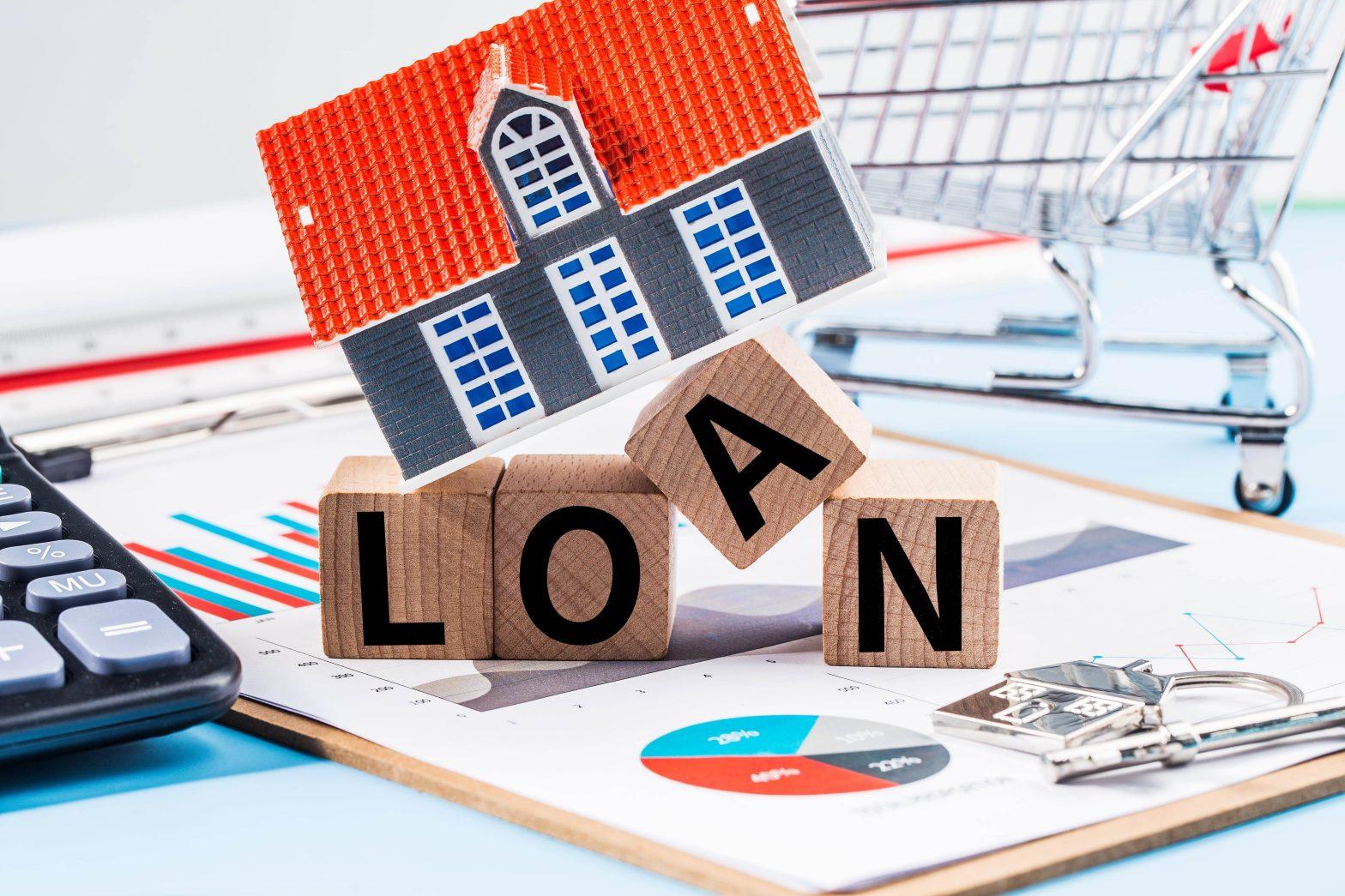What are fix and flip loans?
House flipping is a very popular investment technique amongst savvy real estate investors. So, fix and flip methods have a very good opportunity of making money. However, fix and flip loans finance fix and flip projects best.
Conventional mortgages are not suitable for investment property loans as they suit long-term residential purposes.
Flipping property means buying an upper fixer property, doing some repairing and remodeling work, and reselling it for a profit. This method is generally popular in residential real estate i.e primary residence. A fix-and-flip loan is a high-interest loan for a short-term period. It also covers the cost of purchasing a house and repairing it.
A popular use of this fix-and-flip technique is buying decrepit houses in a nice neighborhood and fixing them with fix-and-flip loans. But, this technique is profitable only when the purchase price of the property is less than 70% of the resale value excluding the repairing cost.
Read Lilypads’ article on Fix and flip real estate investment strategy here.
How do fix and flip loans work?
Most of the fix and flip loans have short terms generally of 12 – 18 months with a fixed interest rate. These loans are designed as balloon mortgages. Here, you can make monthly interest payments for the term period and pay the principal at the end.
Also, the fix and flip lenders allow paying in full including interest after the end of the loan term.
These types of loans provide for the entire cost of repairing, remodeling, and renovations including the cost of the house.
There are two ways to calculate the loan amount. And the result of whichever of these two is smaller is set as the maximum allowable loan.
- Loan to Cost (LTC) – The loan amount as a percentage of the project’s assumed cost.
- Loan to Value (LTV) – The loan amount as a percentage of the property’s estimated resale value after repairs.
Types of best fix and flip loans
There are 5 types of fix and flip loans for beginners to choose from. It all depends on the investor’s experience, financial conditions, goals, credit scores, and others.
1. Hard Money Loans
Hard money loans are short-term loans that investors use to purchase and renovate and resell a property within a year.
These are also known as Rehab Loans, with very low qualifications for approval.
As a result, fix and flip investors receive the funding very quickly, within a few days. The hard money lenders are more focused on the property and its resale value.
Hard money lenders can give a loan for flipping a fix and flip no money down property. But for that flippers must have a strong credit score (FICO score), equity in other investment properties, and sufficient experience.
2. Bridge Loans
A bridge loan is a temporary loan used by investors to buy a new property and cover some time before selling their flipped properties. Bridge loans are short-term loans of generally 2 weeks to 1 year, giving investors the time required to sell their initial property.
While a bridge loan may be a technique for investors, it also requires them to be financially strong enough to pay off two mortgages at once.
3. Cash-Out Refinancing Loans
A cash-out refinance loan is a fix-and-flip financing technique used when the investor refinances an existing property pays off the existing loan and uses the cash proceeds to finance a new property for flipping.
It also helps investors use existing property’s equity by issuing a new loan. The loan money must be used to pay off existing liens before using the balance for funding new property.
For the approval of cash-out refinance investors must have a 30-40% equity in an existing property. A cash-out refinance can only finance up to 75% of existing property’s loan-to-value (LTV).
4. Home Equity Line of Credit
For flipper investors home equity line of credit or HELOC is a great way to finance your next fix and flip transaction provided you have at least 30-40% equity in your existing property.
Home equity line of credit acts as credit cards allowing you to draw from the credit line during the draw period (5-10 years). You take what you need to a maximum amount of 85% of the combined LTV and pay the loan back within 15-20 years.
5. Investment property line of credit
Investment property line of credit, LOC is loosely similar to HELOCs.
For the approval of this type of bank loan, you need to have quite an experience as a flipper investor, own the property for a year at least and have a really good FICO score.
LOCs are of 2 types mainly, individual property LOCs and portfolio LOCs. Individual LOCs use one property as collateral with a loan of less than $1 million. Whereas in portfolio LOCs use multiple properties as collateral with a much larger loan amount of up to $50 million.
The Lilypads Bottomline
Fix and flip is a great investment opportunity for anyone looking to venture into real estate investment. And as per fix and flip for beginners, you will face competition with investors who have both experience and money. So, it is always wise to start small and do your due diligence.
To get the best deal make sure to calculate your repairing and closing costs, and consult with experts from real estate. In California mortgage broker regulates real estate brokers. As a result, California finance lenders will only offer you a loan if they are ensured that their borrowers will repay them in time.
When it comes to fix and flip funding there are multiple small business loans, private lenders, and crowdfunding websites ready to lend. You can choose from one of the loan products mentioned above according to your needs. And always make sure to verify your lender license through the Nationwide Mortgage Licensing System registry (nmis id).

